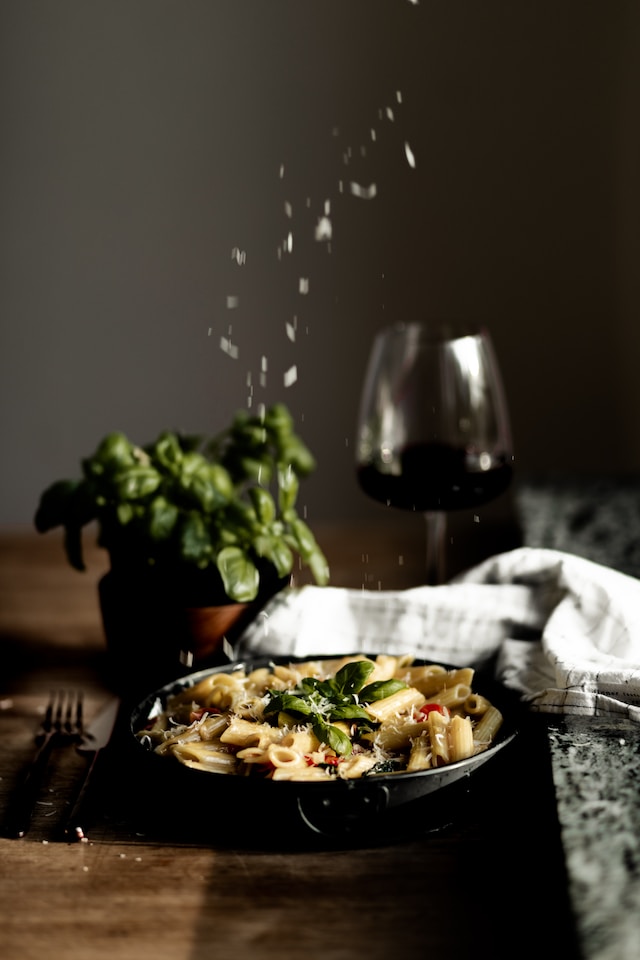
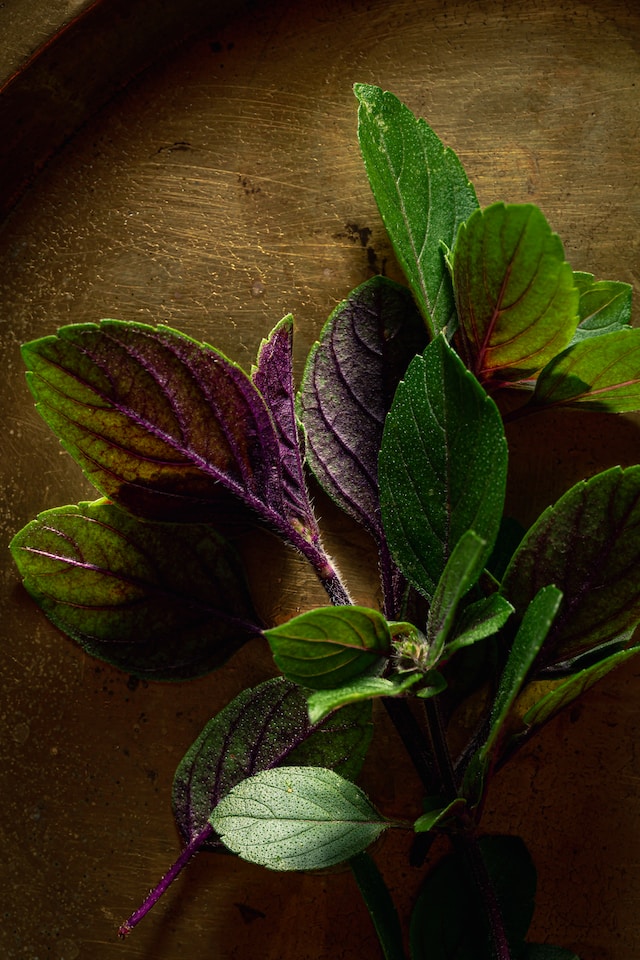
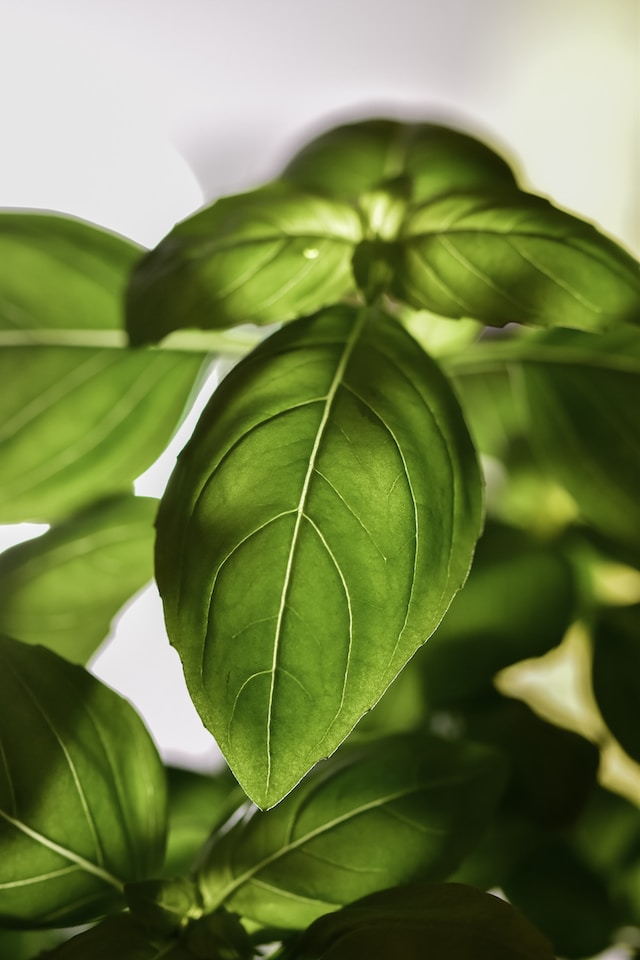
Planting, Growing, and Harvesting Basil
Basil, with its vibrant green leaves and delightful aroma, is a staple herb in many home gardens. This versatile herb not only adds a burst of flavor to your culinary creations but also offers a host of potential health benefits. Growing and caring for basil at home can be a rewarding experience, whether you have a full garden or just a small indoor space. In this article, we’ll provide you with valuable tips to help you cultivate and maintain healthy basil plants.
Choosing the Right Basil Variety
- Sweet Basil (Ocimum basilicum): This is the classic basil variety commonly used in Italian and Mediterranean cuisine. It has a sweet, slightly peppery flavor.
- Thai Basil (Ocimum basilicum var. thyrsiflora): Ideal for Southeast Asian dishes, Thai basil has a unique anise-like aroma and a hint of spice.
- Lemon Basil (Ocimum × citriodorum): As the name suggests, this basil variety offers a citrusy, lemony twist to your recipes.
- Holy Basil (Ocimum sanctum or Ocimum tenuiflorum): This basil variety is revered in Indian culture and is known for its medicinal properties. It has a spicy, peppery flavor.

Planting Basil
- Location: Basil thrives in full sun, so choose a spot in your garden or on your windowsill where it can receive at least 6-8 hours of sunlight each day.
- Soil: Basil prefers well-drained, fertile soil with a pH level between 6 and 7. You can improve the soil’s quality by adding compost before planting.
- Container Gardening: If you lack outdoor space, basil can be grown in pots or containers. Ensure that the container has drainage holes to prevent waterlogging.
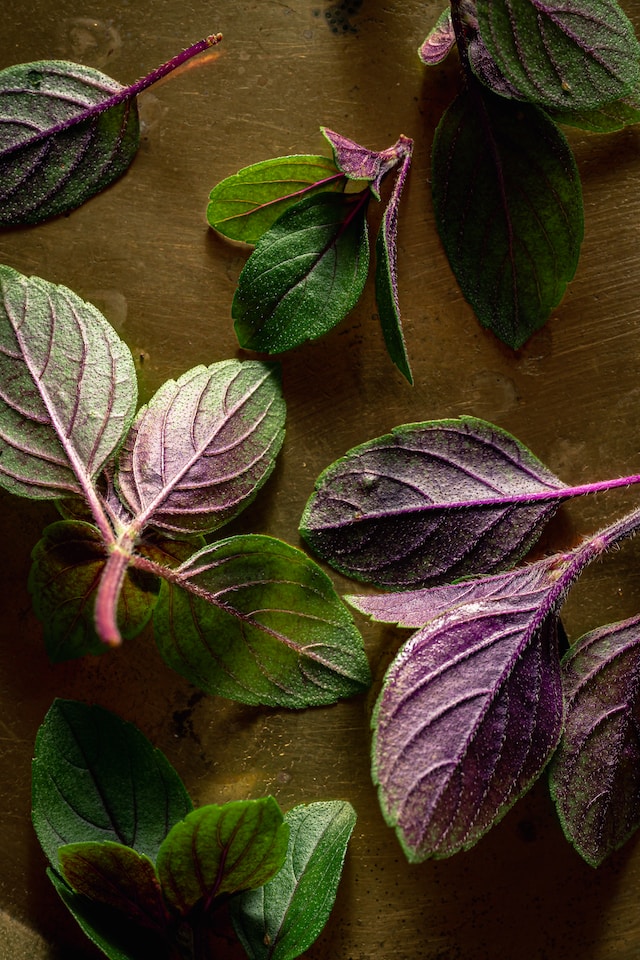
Planting Basil Seeds or Transplants
- Seeds: If you’re starting from seeds, sow them about ¼ inch deep and 10-12 inches apart. Basil seeds typically germinate in 5-10 days.
- Transplants: If you prefer a head start, you can purchase basil transplants from a nursery or start them indoors. Transplants should be placed about 10-12 inches apart.

Watering and Moisture
- Watering: Basil prefers consistently moist but not waterlogged soil. Water the plants when the top inch of soil feels dry.
- Mulching: Apply a layer of organic mulch around the basil plants to help retain moisture and suppress weeds.

Pruning and Harvesting
- Pruning: Regularly pinch or prune the top leaves of your basil plants to encourage bushier growth and prevent them from going to seed.
- Harvesting: You can start harvesting basil leaves once the plants have several sets of true leaves. Use scissors or your fingers to snip the leaves just above a pair of leaves, as this promotes continued growth.
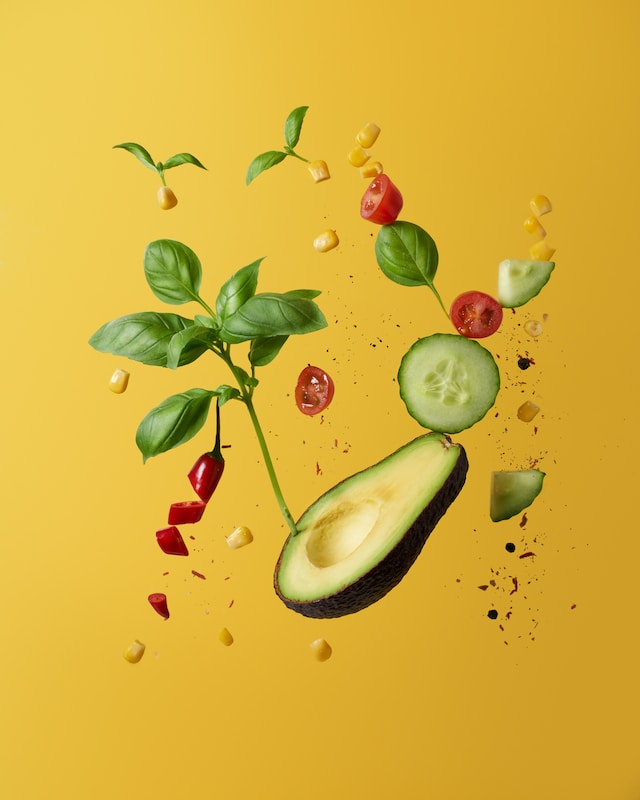
Pest and Disease Management
- Common Pests: Keep an eye out for common pests like aphids, whiteflies, and slugs. Neem oil or insecticidal soap can help control these pests.
- Fungal Diseases: Basil can be susceptible to fungal diseases like downy mildew. Ensure good air circulation and avoid overhead watering to prevent these issues.
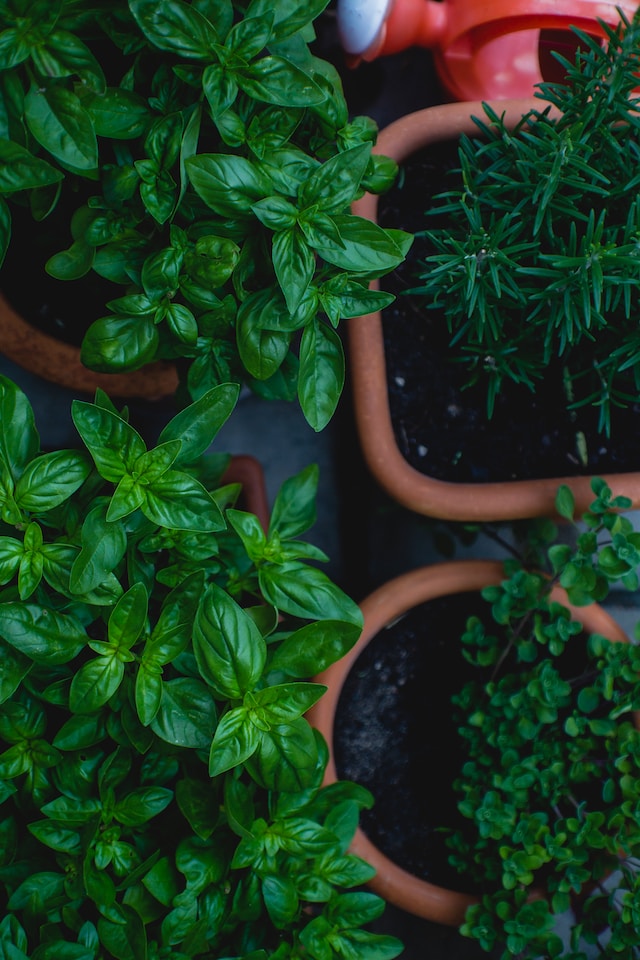
Fertilizing
- Organic Fertilizer: Use a balanced, organic fertilizer to feed your basil plants every 4-6 weeks during the growing season. Avoid excessive nitrogen, as it can lead to excessive foliage growth at the expense of flavor.
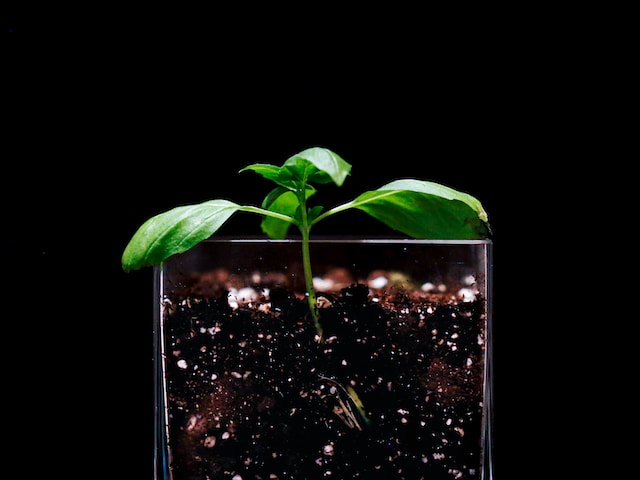
Overwintering Basil
- Indoors: Basil is sensitive to cold temperatures. You can prolong its life by bringing potted basil indoors during the winter months.
- Prune and Propagate: Before bringing basil indoors, prune it back and take cuttings to propagate new plants for the next growing season.
